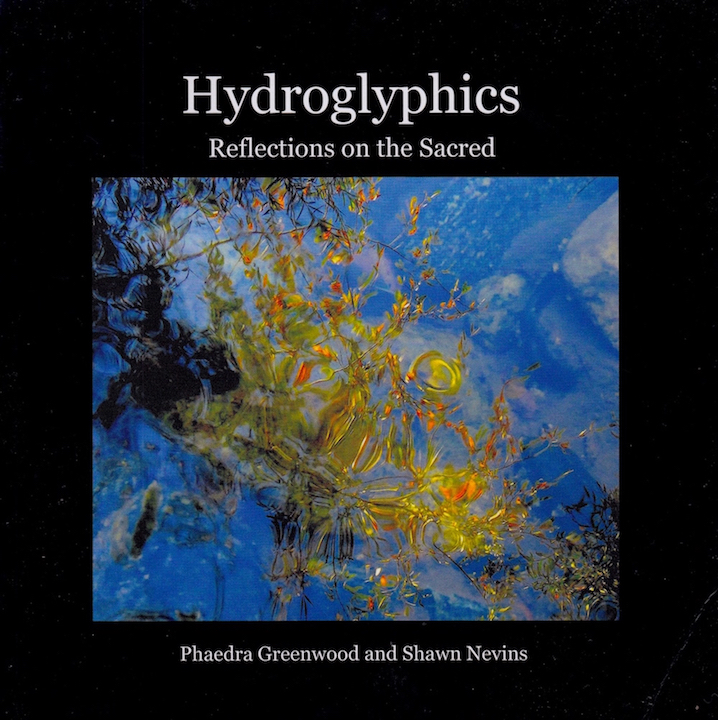BACA
PARK BIRDERS HEAR VIRGINIA RAILS:
What's at stake in the wetlands of Baca Park in Taos?
Seventeen birders,
some from as far away as Los Alamos, gathered in Baca Park in Taos on
Saturday morning, April 9, 2016. According to Meg Peterson, who writes a
lively birding column for The Taos News, there is a lot at stake over
the wetlands in and around Baca.
In her newsletter she writes about “many competing
visions for the property east and south of Baca Park, which was
recently purchased by Taos Land Trust. (Hurray!)
"As birders, we have a unique opportunity to communicate the special conservation values of this jewel of a wetland," she says. She's planning a column for the April 28th issue of
The Taos News on why Baca Park wetlands are special for birders.
The Taos News
is also planning an article about the value of conserving the area for
wildlife, including the newly-acquired adjoining 20 acres by Taos Land Trust. She invites the public to comment on “how you envision stewardship of the adjoining property.”
The Rio Don
Fernando meanders through the park. On the edge of the mown grass
where children play on the swings, the beavers are hard at work to
create dams that deepen the flow of the river. Though the water looks
murky, the dams create great habitat for not only huge bullfrogs, but
many aquatic nesting birds and migrating species. Peterson mentioned
that on a previous visit someone heard the endangered Southwestern
Willow Flycatcher.
The park is
surrounded by huge old cottonwood trees. One of the first things we
noticed were a couple of Turkey Vultures hanging out in the trees,
probably waiting for the thermals to rise. Later, when the sun came
out four vultures soared in slow circles above us, then returned to
the cottonwood tree to stretch and warm their wings in the morning
sun like giant butterflies.
Some photographers also took pictures of what they believed was a black-crowned Night Heron
which is rare for this area. (To be confirmed.)
 |
Vultures warm their wings in the morning sun. |
The highlight of
the morning was what Peterson called “the cacophonous Virginia
Rails. Though only a few of us actually saw them, their loud
clacking in various parts of the cattail marsh declared their
presence, perhaps two nesting pairs. We're looking forward to seeing
those photos," she wrote in her newsletter. "Weren't they something!? Isabella reported hearing the
rails from three distinct areas of the marsh."
We followed a
raised walkway into the marsh to a lookout point where we trained our
binoculars on a blue-gray belted Kingfisher perched on branch, a pair
of Yellow-rumped Warblers flitting through the trees, song sparrows,
siskins, a darting flock of American Goldfinches, and Black-capped Chickadees. The air was sweet with the sound of warbling Red Winged Blackbirds and long-tailed blackbirds, and I finally got the shot I
wanted of one of them, perched on top of a dried cattail, pumping out
it's vibrant red wings with each trilling, seductive call.
 |
Redwing Blackbird |
 |
Goldfinch |
Peterson plans to post more info on possible bird walks on Migratory
Bird Day, Saturday, May 14.
Taos Land Trust (
www.taoslandtrust.org)
is actively seeking community input about their new property that adjoins Baca Park. You may e-mail
any comments you have to Kristina Ortez de Jones:
Kristina@taoslandtrust.org
Also, see Meg's blog at: www.megscherchpeterson.com.

























